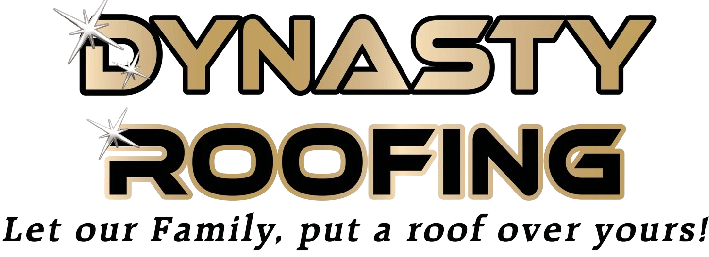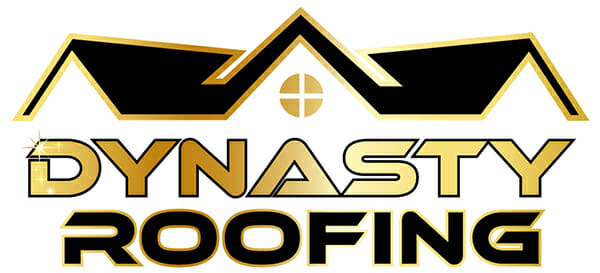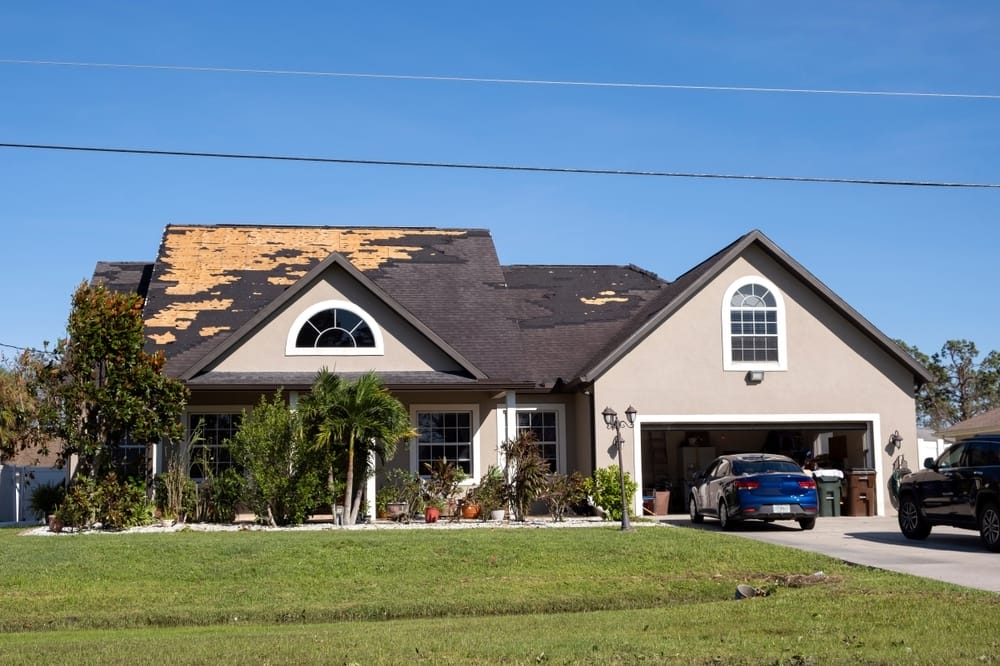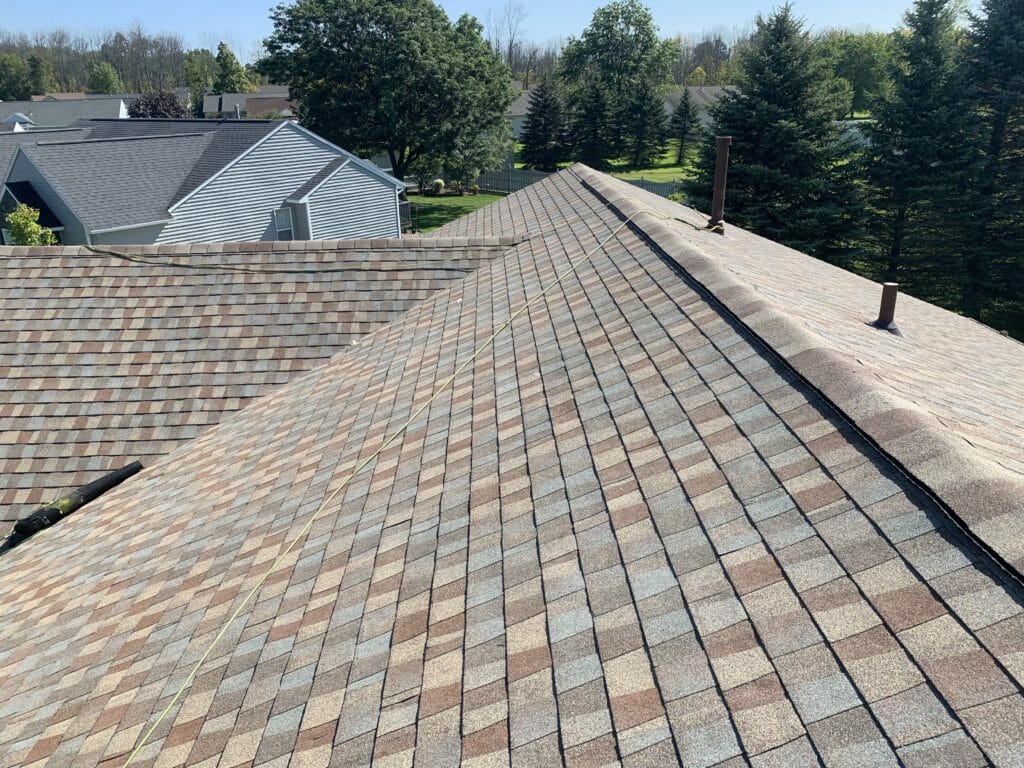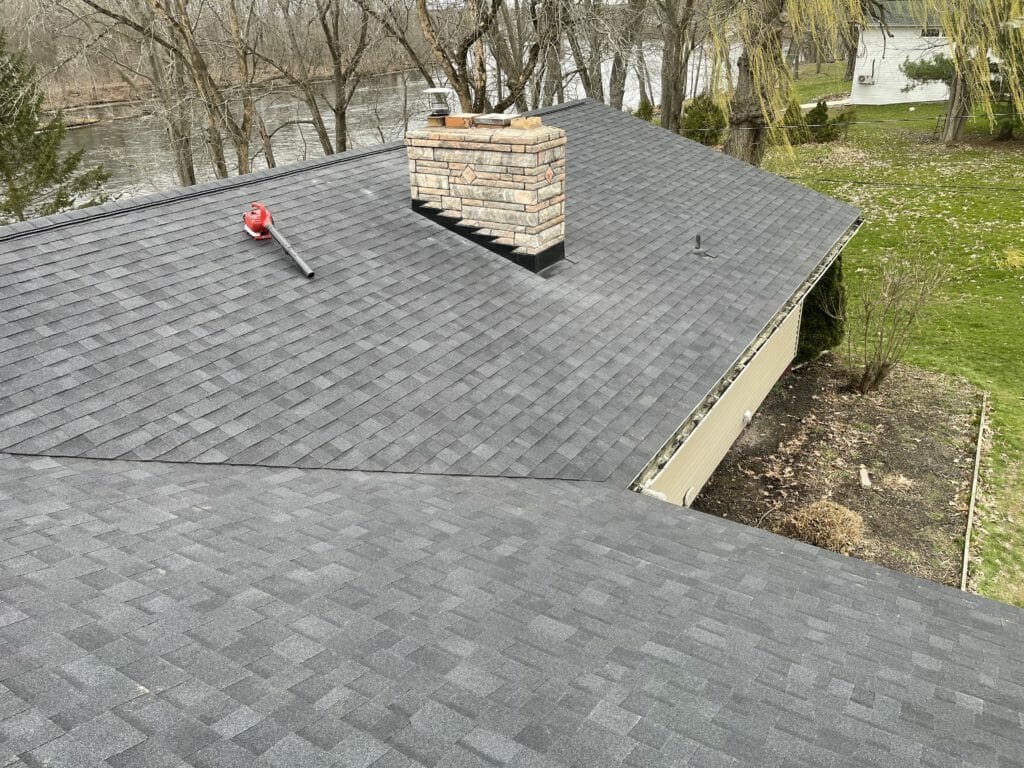When a storm hits, your roof bears the brunt of the impact. Storm damage roof repair isn’t simply fixing shingles; it’s about protecting your home and ensuring peace of mind. Storm damage can be devastating, leaving homeowners overwhelmed. With the right approach, storm damage roof repair can be an opportunity to improve your home and increase its value. Let’s explore what you need to know to handle storm damage roof repair.
Understanding the Scope of Storm Damage
Storms vary, and so does the damage they inflict on roofs. From missing shingles due to hail to wind-lifted sections, each type of damage requires a different repair approach. Strong winds can create minor damage, and even moderate winds can lead to problems over time.
Types of Storm Damage to Watch For
- Wind Damage: High winds can rip shingles off, exposing your roof to leaks. Strong wind can loosen nails and create vulnerabilities. Even if no shingles are missing, wind storms can weaken your roof. Inspect your asphalt shingles after a strong wind storm for any signs of granule loss or damage.
- Hail Damage: Hail creates divots in shingles, removing protective granules and reducing roof lifespan. Hail damage roof repair is often necessary after severe storms.
- Water Damage: Heavy rains exploit weaknesses, causing leaks and interior damage. Water damage often necessitates working with your insurance company.
- Debris Impact: Branches or windblown objects can puncture your roof, creating immediate or future problems. Debris impact can damage comparatively harder roofing materials like metal roofing. Clearing debris and inspecting your roof after a storm is important for assessing the damage caused.
The Hidden Dangers of Overlooked Damage
Damage isn’t always visible from the ground. Some damage hides beneath the surface, waiting to cause bigger problems. A professional roof inspection is essential after any major storm to catch hidden dangers before they become major problems. Look for commercial roofing professionals or a reputable roofing company with storm damage expertise.
| Visible Damage | Hidden Damage |
|---|---|
| Missing shingles | Loosened nails |
| Dented gutters | Compromised underlayment |
| Granules in downspouts | Weakened roof deck |
Immediate Steps After Storm Damage
When your roof sustains storm damage, acting quickly can prevent further damage and simplify repairs. Knowing your rights and responsibilities under your homeowner’s insurance policy is also crucial. Take pictures and document everything to assist your roofer with storm damage roof repair, including determining the right shingle color if a full roof replacement is needed.
- Safety First: Avoid the attic and sagging ceilings until a professional assesses the structure. It’s also a good idea to have your roof inspected regularly, even in the absence of visible storm damage, to prevent severe damage from occurring.
- Document Everything: Photograph and video all visible damage, inside and out. Photo documentation is crucial for insurance claims and assessing roof replacement cost.
- Temporary Protection: If safe, cover damaged areas with tarps to prevent water infiltration. Contact emergency roof repair services if you’re unable to safely handle temporary repairs. They have the equipment to manage these situations, especially regarding damages caused by extreme weather.
- Contacting Insurance: Notify your insurance company immediately to begin the claim process. Insurance claims often have deadlines, so contact them right after you’ve completed photo documentation.
- Find a Reputable Roofing Contractor: Seek a licensed, insured roofing specialist experienced in storm damage. Beware of “storm chasers” offering quick fixes but vanishing later. Getting your damaged roof professionally assessed ensures the roof damage claim goes smoothly.
The Storm Damage Roof Repair Process
After the initial steps, the repair process begins. Here’s what to expect regarding roofing services. Understanding the storm damage roof repair process is key to a smooth experience.
Professional Inspection and Assessment
A thorough inspection is fundamental to effective storm damage roof repair. Professional roofers check for visible damage, like missing shingles or dents. They will inspect the attic for water damage, assess the roof deck’s structure, and look for less obvious issues like cracked flashing or loosened fasteners. Roof inspections should always include checks for wind damage to roofing shingles, and ensure lighter materials are securely fastened to prevent forming cracks in strong wind.
Working with Insurance
Navigating insurance can be challenging, but it’s vital to storm damage roof repair. A good contractor documents damage, provides estimates, and works with insurance adjusters. They should be able to advise you on your homeowners insurance coverage, help file a damage claim, and explain whether homeowners insurance cover your particular roof replacement cost.
Remember, you choose your contractor; don’t feel pressured to use one suggested by insurance. If the insurance company wonât cover all costs, understanding the replacement cost is important for managing your own expenses. You can also check for damage insurance to assist you with the roofing services you may need.
Repair vs. Replacement: Making the Right Choice
Sometimes, repair involves patching and replacing a few shingles. Other times, full roof replacement is the best long-term solution. It’s a popular belief that entire roof replacement is always necessary after a strong wind storm; however, this is a misconception. It can be dependent on the age of your roof, the extent of damage, long-term costs, and the risk of future problems. Metal roof replacements generally last longer than those made of comparatively harder materials. Be sure to browse shingles and roofing materials during this process. Decide what’s important between asphalt shingles and metal roofing.
The Repair Process in Action
After assessment and planning, the actual repair begins. Popular belief suggests DIY roof repairs are a good idea. But this could cause further issues or lead to difficulties with the insurance claim. Having the work carried out by a reputable roofing company and professional roofers can save a lot of future trouble.
- Removal of damaged materials.
- Roof deck inspection and repair. Inspect the roof components, and file a roof damage claim as soon as possible.
- New underlayment installation.
- Replacement of roofing material. When it’s time to replace a roof, don’t forget to browse shingles.
- Inspection and repair of flashing, vents, and other roof components.
- Final inspection and cleanup.
Preventing Future Storm Damage
We can’t control weather, but we can minimize future roof damage. This can involve things such as upgrading roofing material or trimming nearby trees. Taking preventive measures ensures you’re better prepared.
- Regular Maintenance: Yearly inspections and prompt minor repairs prevent small issues from becoming major storm damage problems.
- Upgrade Materials: Use impact-resistant shingles or durable roofing designed for severe weather. When exploring the world of materials, browse shingles and roofing materials suitable for high wind areas. These are designed to enhance protection and will typically include an extensive damage insurance. Investing in these higher-quality building materials, such as metal roofing, often has a lower replacement cost in the long run.
- Trim Trees: Keep branches away from your roof to minimize impact damage during high winds.
- Clean Gutters: Ensure proper drainage to avoid water backup during heavy rains.
- Secure Loose Items: Before storms, secure outdoor furniture, decorations, and other potential projectiles. These comparatively harder objects can become dangerous during strong wind storms and strong winds.
The Importance of Professional Storm Damage Roof Repair
While DIY might seem appealing, professional expertise is essential for storm damage roof repair. A roofing pro has the training to conduct roof inspections effectively. Remember DIY repairs could lead to roof areas not being appropriately repaired, ultimately impacting any damage claim. A good idea is to discuss with a roofing contractor, any damage caused by strong winds or strong wind storms, so that an insurance claim process for all necessary repair costs, is not complicated in the future. The damage caused during storm damage, if inspected and fixed by a licensed contractor will make your insurance claim process easier.
- Safety: Working on storm-damaged roofs is dangerous. Professionals possess the equipment and training for safety.
- Expertise: Experienced roofers identify hidden damage and potential issues that an untrained eye misses.
- Quality Materials: Contractors access quality materials and install them for maximum durability.
- Warranty Protection: Manufacturers’ warranties are often valid only with certified professional installation.
- Long-Term Peace of Mind: Professional repairs, done right, save money and headaches later.
Conclusion
Storm damage roof repair is an investment in your home. By understanding the process, acting quickly, and hiring trusted professionals, you can turn a stressful event into an opportunity. Whether you have minor repairs or a full roof replacement, view storm damage repair as a chance to fortify your home against future storms.
The key is prompt action, thorough assessment, and quality work. Don’t let storm damage defeat you. With the right approach and a reliable roofing team, you can restore your roof and your peace of mind. Your roof protects everything beneath it, so ensure it’s ready for anything.
